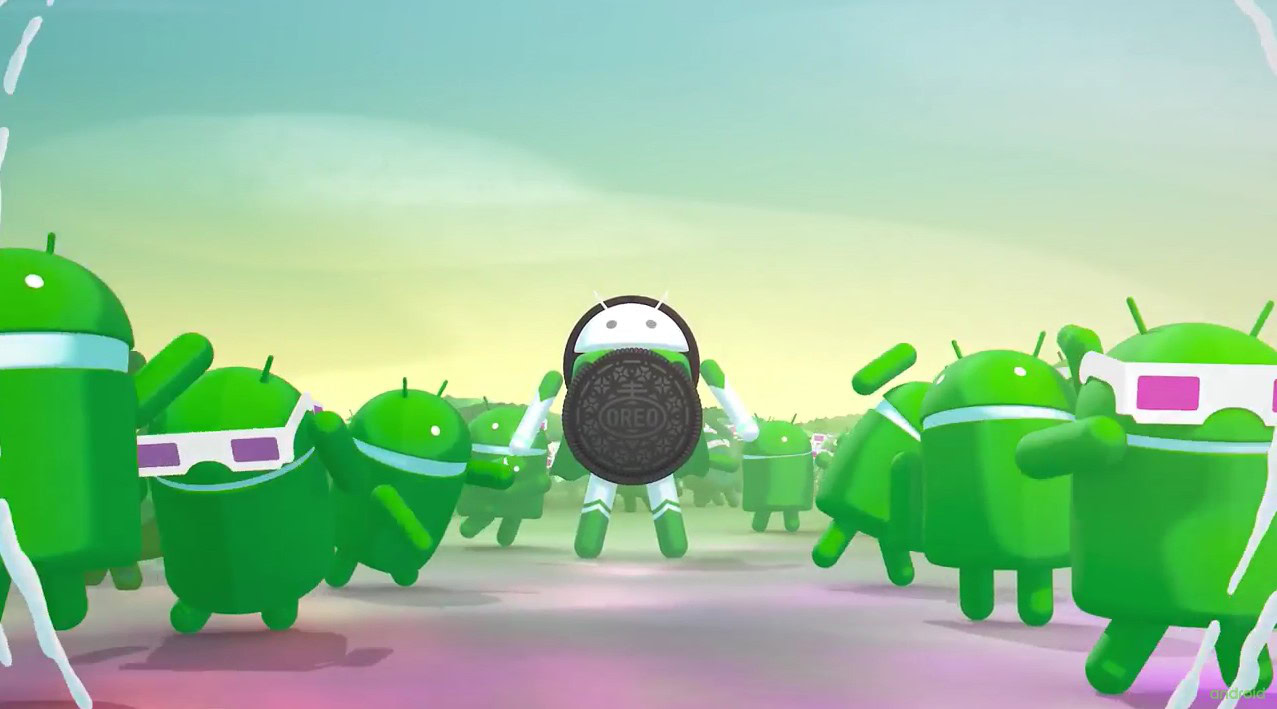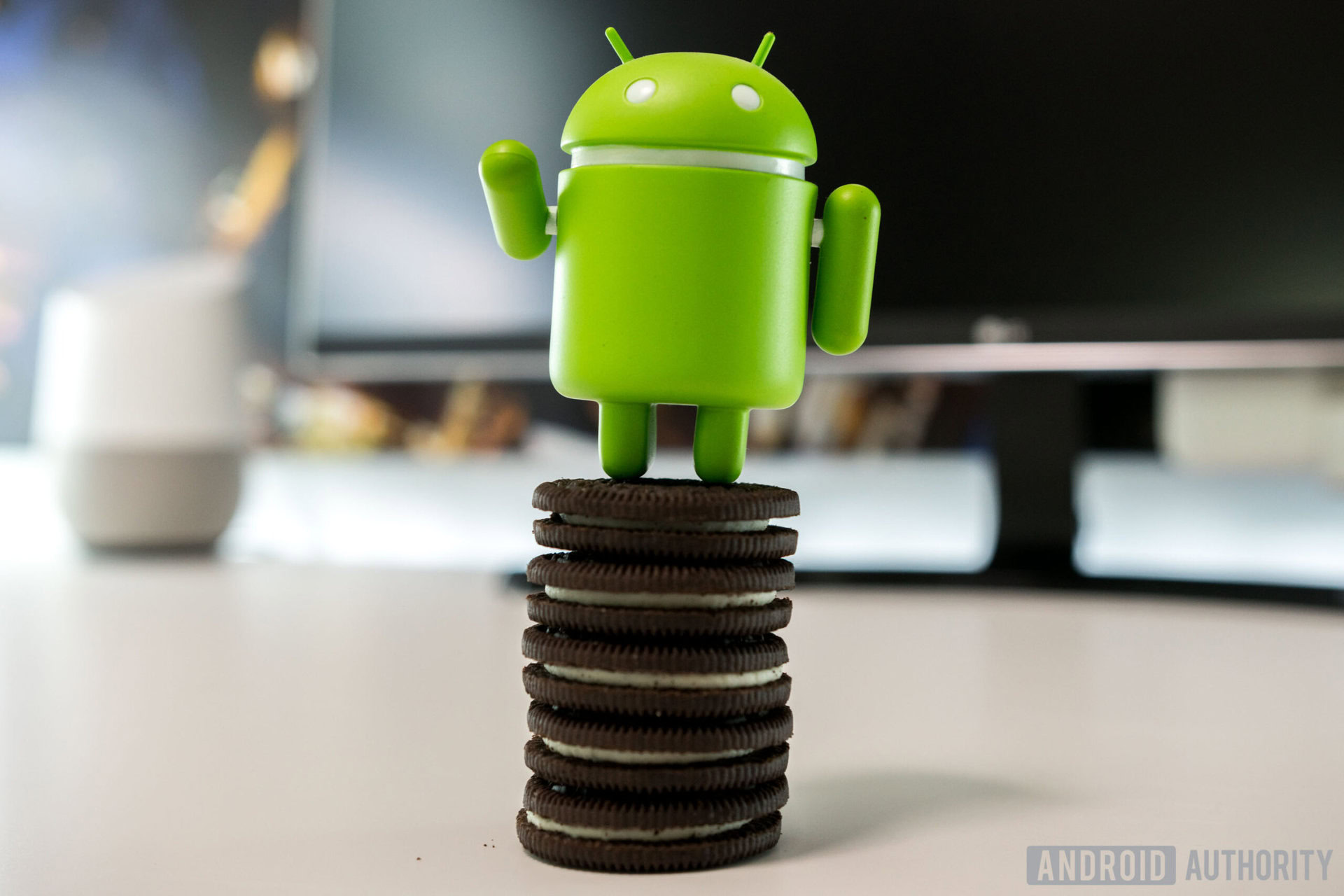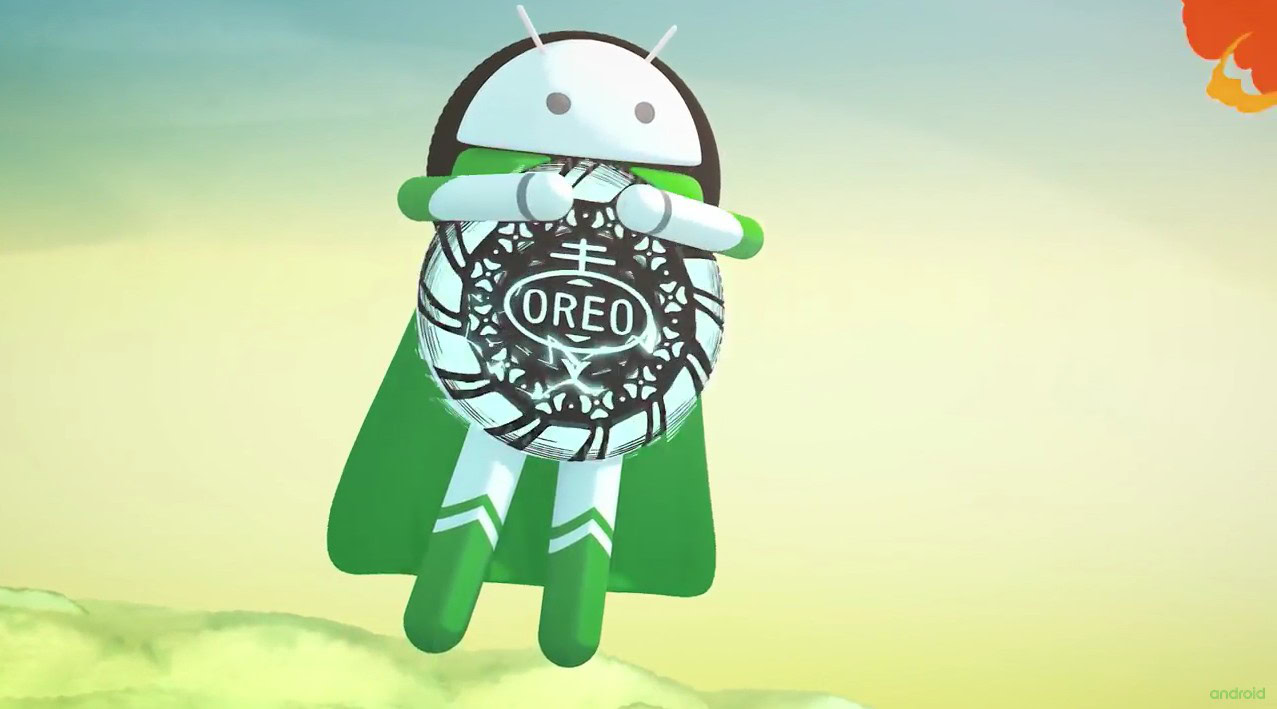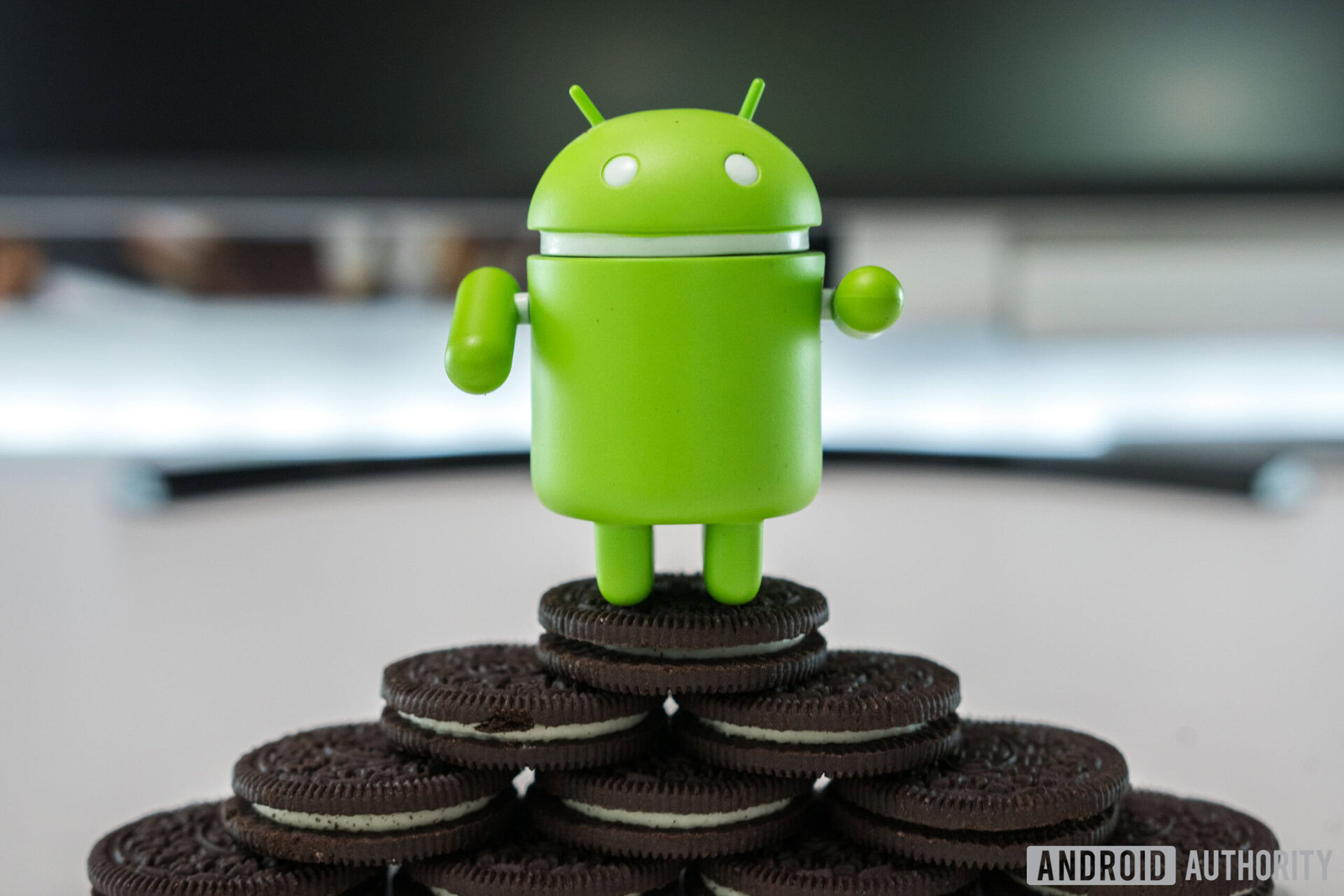Affiliate links on Android Authority may earn us a commission. Learn more.
Google hints at which manufacturers could roll out Android Oreo fastest

Google introduced us to the latest version of its Android software, Android 8.0 Oreo, yesterday. The new platform arrives with a bunch of new features — an in-depth look at which you can read about at the previous link — but it’s when the software will be delivered to handsets, rather than what it delivers, that will be the biggest concern for most people.
Past the point of posting the source code to the Android Open Source Project (AOSP), which Google has now done, the company isn’t responsible for when individual rollouts occur; from here on out, it’s up to the manufacturers. However, Google has offered a hint at when certain OEMs could roll it out. In its Android Oreo announcement post, Google said:
“We’ve [been] working closely with our partners, and by the end of this year, hardware makers including Essential, General Mobile, HMD Global Home of Nokia Phones, HUAWEI, HTC, Kyocera, LG, Motorola, Samsung, Sharp, and Sony are scheduled to launch or upgrade devices to Android 8.0 Oreo.”
We noted this in our coverage yesterday (which you can view at the link below), but it’s worth a second look.
Launch or upgrade?
Google has been careful with its word choice, here, stating “launch” or “upgrade” devices. Manufacturers always release phones with the new software soon after it arrives, this was to be expected. It’s getting them to update previous handsets that’s the tricky part.
Of course, many people will be tempted to skip past Google’s statement completely because history has taught them to. In the most recent count, Nougat had reached 13.5% of Android devices; it’s still less prevalent than Android KitKat, which stopped being supported three years ago, and now we have a new version available.
But, for the record, a number of manufacturers did roll out Nougat before the end of last year, as Google suggests some will this year with Oreo. LG, Motorola, HTC, Sony, Xiaomi, and OnePlus all updated a phone/phones, not just released them, before the end of 2016. To be sure, an upgraded flagship phone or two isn’t exactly an amazing achievement — I’m just putting it out there. It happened.

So what’s likely to go down this year? Samsung failed to deliver the Nougat upgrade before the end of 2016, but it may deliver Oreo by December 31, 2017. Why? Because its major H2 flagship, the Galaxy Note 8, probably won’t launch with Oreo. It’s going to be announced tomorrow, only a few days after the final build of Oreo has gone live, with a release tipped for mid-September.
It’s a similar story for LG‘s V30 (it looks like it won’t be the flagship for the new Android software like the V20 was, and it’s being revealed on August 31), so both LG and Samsung are probably going to roll out Oreo as an update rather than packing into the new devices. Samsung and LG also probably won’t release another premium smartphone before next year which would come with Oreo out of the box — a new Galaxy S or LG G device won’t be coming until 2018.
HTC, Motorola, and Sony, meanwhile, all pushed out Nougat to flagship phones before December 2016. This was following the release of the Nougat at around the same point in the calendar (August 22) as Oreo has landed this year, so you’d have to expect the manufacturers to be capable of achieving the same again. The HTCU11, Moto Z2 Force, and Sony Xperia XZ Premium are expected to be the first on the list for those OEMs, while Sony may also release the Sony Xperia XZ1 running Oreo out of the box.

Essential almost certainly won’t deliver a second phone this year (it’s struggled to deliver its first), which means Google has as good as confirmed Oreo will hit the handset in 2017. It has a pretty much stock Android interface, so you would expect this is achievable, despite the company being so green. HMD Global, on the other hand, has previously confirmed Oreo for its Nokia 3, 4 and 6 smartphones, but with the Nokia 8 being both its only flagship and latest phone — with no others on the horizon — it seems like that handset is likely due Oreo by the end of the year too.
Japenese manufacturer Kyocera may prioritize its rugged Torque G03, which arrived in July running Android 7.1 (though it’s a Japan exclusive), while General Mobile has its Android One phone the GM 6 from earlier in 2017 to think about. As for Sharp, it’s the Aquos Crystal S2, which went on sale last Monday in China, that’s the best bet for its Oreo deployment.

Notable exceptions from Google’s manufacturer list include OnePlus (who already disappointed recently when it revealed its OnePlus 2 wouldn’t receive Nougat), Xiaomi, ASUS, and HONOR — though HONOR, as a division of HUAWEI, may be automatically included. Note that this does not mean that the Oreo update, or a device running Oreo, won’t arrive from one of these manufacturers before the year’s end, just that Google couldn’t or didn’t want to confirm it.
We’ve already been hard at work gathering bits and pieces of information ourselves to provide some thoughts on when you will see the Android 8.0 Oreo update on your handset — read more on that at the link.
Where do you stand on Google’s current update situation? Let us know in the comments.